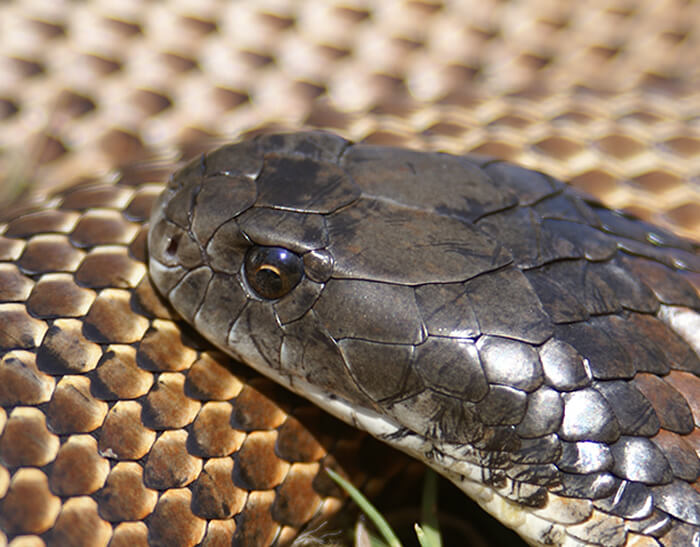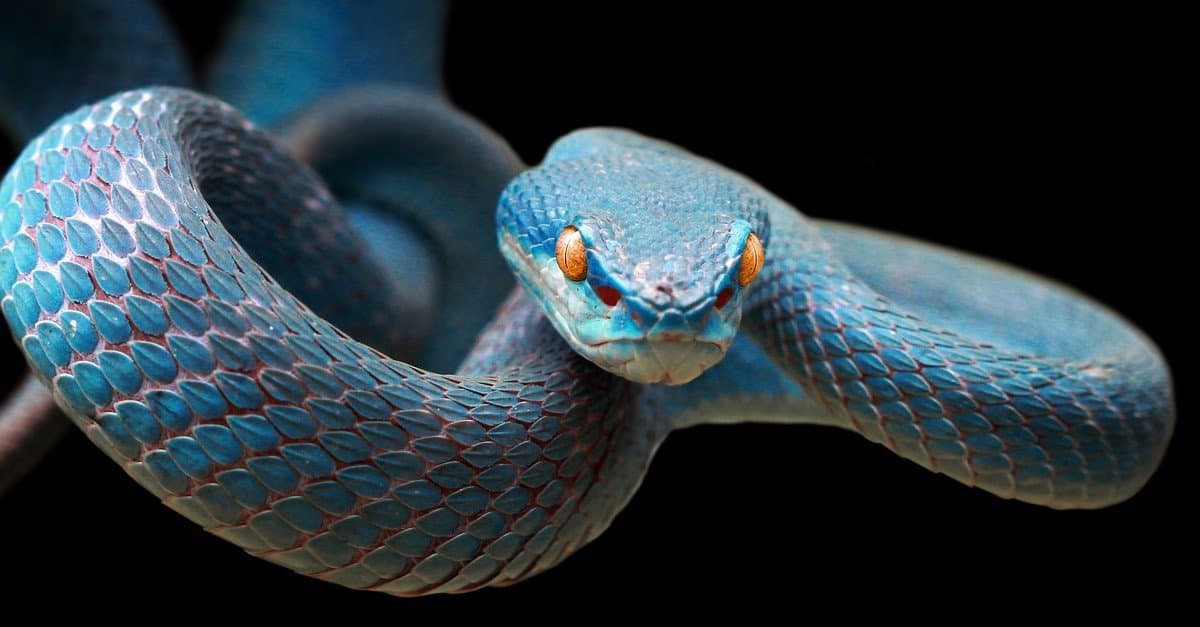Introduction
Australia, a land of diverse wild animals, is home to several fascinating animals, consisting of serpents that can influence both awe and anxiety. Amongst these serpents is the tiger serpent, understood for its striking look and online reputation as a poisonous predator. Consequently, one concern regularly occurs: Are tiger snakes venomous? This write-up will explore the misconceptions and realities surrounding tiger snakes, their habitat, habits, medical implications of their attacks, and much more.
Are Tiger Snakes Venomous?
When it comes to the inquiry of whether tiger snakes are venomous, the response is an unquestionable yes. Tiger Coastal Taipan serpents (Notechis scutatus) are certainly venomous and rank amongst the most hazardous serpents in Australia. Their venom contains potent neurotoxins that can result in paralysis and even death otherwise treated promptly.
While fatalities from tiger serpent attacks have become less common due to improvements in clinical treatment and antivenom availability, this does not diminish the demand for care when experiencing these reptiles. The potential results of a tiger serpent bite consist of serious discomfort at the website of the bite, swelling, queasiness, difficulty breathing, and neurological signs such as weakness or paralysis.
Types of Tiger Snakes
In Australia, there are several identified subspecies of tiger snakes:
Find more information- Eastern Tiger Serpent (Notechis scutatus): Located primarily in southeastern Australia. Tasmanian Tiger Snake (Notechis scutatus): A subspecies located just in Tasmania. Black Tiger Snake: Recognized for its darker coloration.
Each of these varieties has variants in dimension and behavior yet shares similar venom characteristics.
The Environment of Tiger Snakes
Where Do They Live?
Tiger serpents are adaptable animals discovered across numerous habitats throughout Australia. They typically populate coastal regions yet can likewise be located in wetlands, swamps, waterfronts, and forests. Their choice for moisture-rich atmospheres makes them proficient swimmers; thus they grow near water bodies like lakes or marshes.
Geographical Distribution
- Southeastern Coast: Home to Eastern tiger snakes. Tasmania: Controlled by Tasmanian tiger snakes. Northern Regions: Where you could come across less frequently seen variants.
Habitat Preferences
Tiger serpents favor areas with bountiful cover where they can hide from killers while searching for target. They commonly hunt small creatures, frogs, birds, and also fish-- making them flexible hunters within their eco-friendly niche.
The Composition of a Tiger Snake
Physical Characteristics
Tiger serpents possess distinct physical characteristics that separate them from various other Australian reptiles:

- Coloration: Commonly grouped with yellow or light stripes on a dark background. Size: They can mature to 2 meters long; however, ordinary dimensions range between 1.2 to 1.5 meters.
The special pigmentation offers both as camouflage versus predators and while stalking prey in their natural habitat.
Behavioral Traits
Understanding the behavioral patterns of tiger serpents is vital for those living within their geographical array:

- Nocturnal Activity: They are mostly energetic at night yet may likewise search throughout the day. Defensive Behavior: When intimidated, tiger serpents may hiss noisally or flatten their bodies-- an indication showing they really feel cornered.
Tiger Snake Bite Symptoms
If bitten by a tiger serpent, people need to look for specific signs that materialize not long after:
Click here for info Severe localized pain Swelling around the bite area Nausea or vomiting Difficulty breathing Neurological symptoms such as muscular tissue weaknessIt's vital never ever to underestimate these indications; instant medical attention is important following any snake bite incident.
First Help for Serpent Bites
Immediate Actions After a Bite
Knowing just how to respond rapidly can save lives when dealing with prospective snake attacks:
Stay calmness and still-- movement raises venom spread. Call emergency solutions immediately. Keep the impacted limb paralyzed below heart level. Avoid cutting or sucking out venom; this old wives' story might intensify conditions. Remove limited garments or jewelry near the bite site.First Help Set Basics for Snake Bites
A well-stocked emergency treatment set need to include products especially beneficial in dealing with serpent bites:
|Thing|Objective|| --------------------------------|-----------------------------------------------|| Sterile plasters|To cover injuries|| Antiseptic wipes|To cleanse around bite area|| Emergency contact numbers|For fast accessibility during emergencies|| Compression bandage|To help incapacitate affected arm or leg|
Proper prep work can make all the difference when an emergency situation strikes.
Fact vs Myth Concerning Tiger Snakes
Myth 1: All Snakes Are Aggressive
Contrary to common idea, not all snake species show aggressiveness in the direction of human beings. Actually, lots of prefer to pull back than challenge us.
Myth 2: A Bite Always Results In Death
While deadly bites do take place-- many thanks largely to delayed healthcare-- most of attacks are non-fatal if treated quickly with antivenom.
Myth 3: You Can Suck Out Venom
This commonly held idea is incorrect; trying to suck out poison only enhances issues rather than easing them!
FAQs
1. Are baby tiger snakes much more unsafe than adults?
Baby tiger serpents may possess less poison than adults yet usually supply bites without hesitation due to being even more frightened.
2. The length of time does it consider signs and symptoms to show up after a bite?
Symptoms generally show up within mins yet can occasionally take hours relying on factors like specific health and wellness conditions.
3. What ought to I do if I see a tiger snake?
Maintain range! Stay clear of provoking it; most experiences finish without event if you appreciate their space.
4. Exists an antivenom available for tiger serpent bites?
Yes! Antivenom exists particularly formulated for treating health problems brought on by tiger serpent attacks-- it's vital to look for specialist medical help immediately!
5. Can I maintain a tiger snake as a pet?
Keeping any kind of wild serpent species postures significant risks due largely to their breeding habits & & nutritional needs-- it's finest left in nature!
6. How prevalent are snake attacks in Australia?
Australia sees thousands of snakebite cases yearly; nonetheless fatalities have actually reduced significantly many thanks largely due enhanced understanding & & health care access!

Conclusion
In verdict, comprehending whether "Are Tiger Snakes Venomous?" brings considerable ramifications for personal security when communicating with these fascinating reptiles native to Australia's diverse ecological communities can not be overstated!
Arming ourselves with knowledge about these animals-- from their habitats and behaviors down with efficient first aid practices-- encourages us toward more secure coexistence alongside wildlife while mitigating threats associated with unintended encounters!
By promoting education about our environment's complexities-- not simply concentrating exclusively on worry-- we pave pathways in the direction of far better gratitude & & conservation efforts benefiting both mankind & & nature alike!